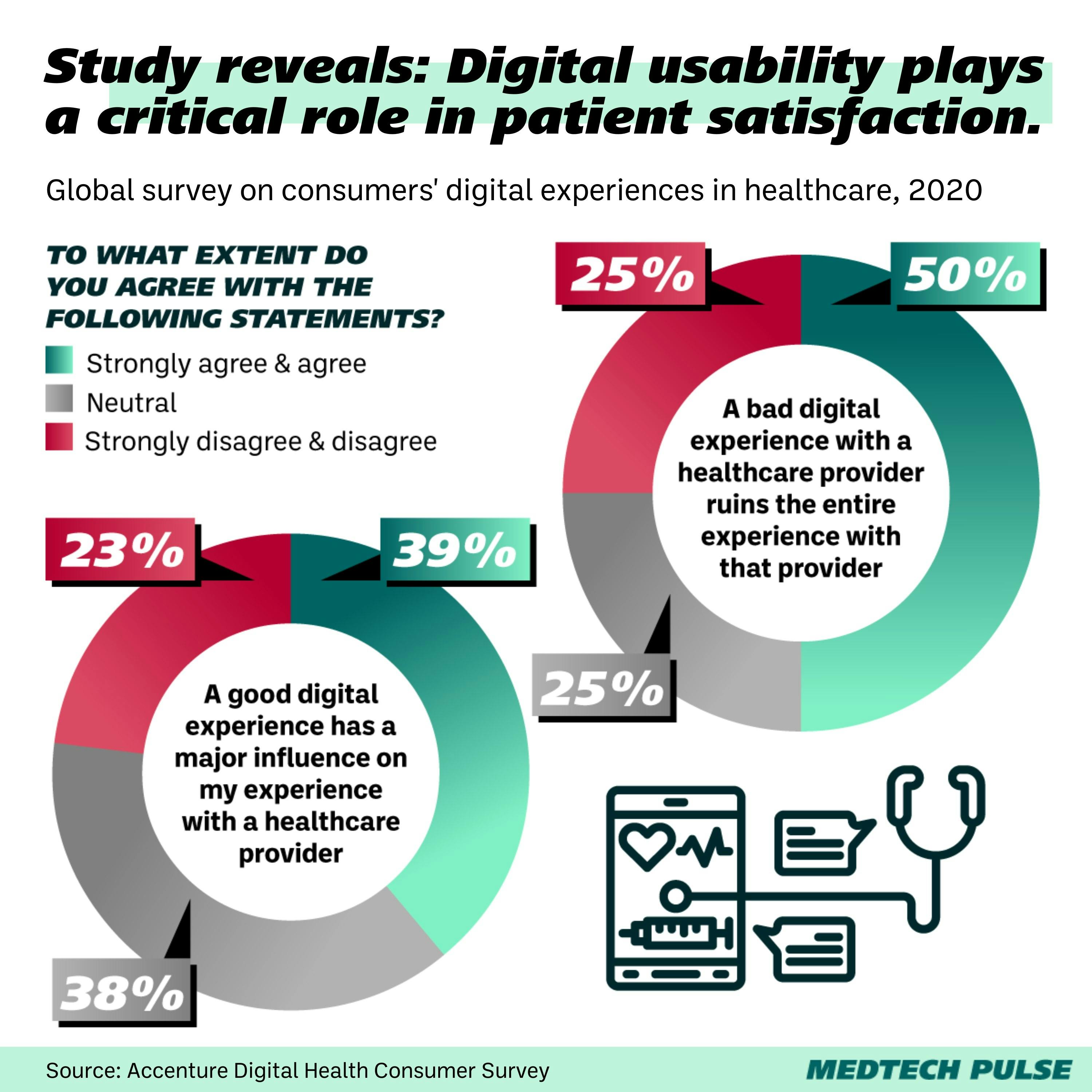Robots in your body and at-home HPV tests
Have you heard about the EHR accessibility lawsuit in the U.S.?
It concerns the U.S. Department of Veterans Affairs (VA). A visually impaired staff member alleges that the VA’s new EHR vendor is incompatible with her screen reader, thereby making it impossible for her to do her job. That definitely sounds like a major access barrier to me.
Of course, similar complaints of inaccessibility regarding electronic health records (EHR) and other health SaaS products have come from patients. This issue is now of great concern in the States, where patient access to their medical records is now law.
However, what struck me about this story is who it was about. After all, patients aren’t the only end users. A formal complaint from a user on the provider side lays bare the complicated web of design accessibility in health tech.
I’ve noticed, when it comes to stories about medtech innovations, we often think of accessibility when it comes to patients and usability when it comes to providers.
Let’s define these terms, per the Interaction Design Foundation:
Accessibility: Whether a product or service can be used by everyone, however they encounter it. Compared to usability, it is more specifically interested in helping people with disabilities. Assuring accessibility involves:
- Validation tools
- W3C standards
- Assistive technology
- Access to content
- Legal requirements
Usability: Whether a product or service is designed to be effective, efficient, and satisfying to us. Assuring it involves prioritizing:
- Ease of use
- Reaching the broadest audience
- Satisfaction
- Efficiency
- User-centric design
User experience (UX) design is where these two concepts overlap. However, when we discuss the adoption of a new medical technology, these two sides often split. As I mentioned, accessibility most often comes up on the patient side (e.g., access to a certain device or drug). Meanwhile, usability concerns flare up most when discussing providers (e.g., a primary care practice easily integrating new software into existing clinical workflows).
On the flip side, patients are seemingly more concerned with usability than we realize.

Of course, usability for healthcare workers is of paramount importance—especially as it connects to patient retention and safety. And EHR usability overall must improve.
But we must not undervalue accessibility, especially as it determines the diversity of who can be represented in healthcare careers and thus influence the industry.
This story is also a necessary reminder that providers and other healthcare staff are patients, too. We’re all subjects of our healthcare systems, policies, and design. And when we can change them to meet our needs, we must.
